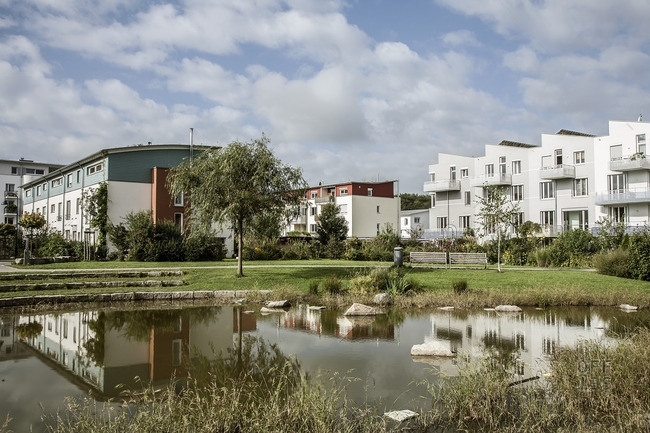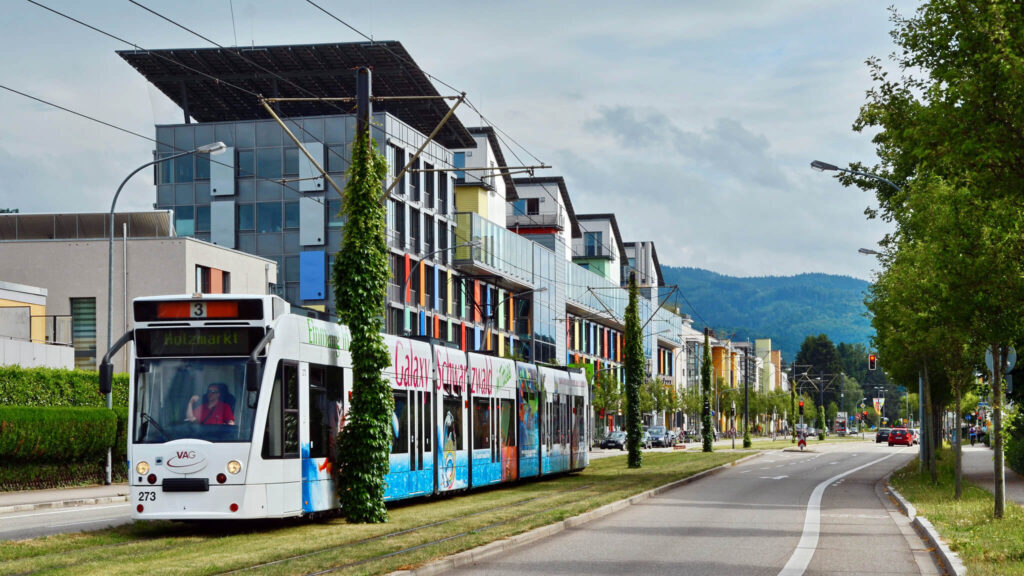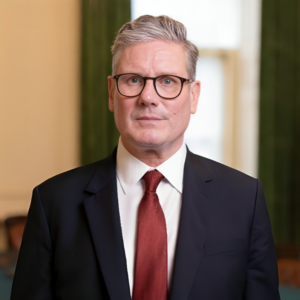
Could This Be the Most Environmentally-Friendly City on Earth?
In the city of Freiburg, Germany, there’s a shining example of sustainability. It’s a place where eco housing, car-free streets, and environmentally conscious neighbors come together to create a vision of clean living. But, as we’ll discover, even this utopian dream has its challenges.

Imagine living in an apartment where it feels like summer all year round. That’s precisely what Meinhard Hansen experiences in his Freiburg home. While it’s a chilly 6 degrees Celsius outside, his apartment maintains a comfortable 24 degrees.
The most remarkable part? They haven’t turned on the heating for weeks. In a typical German or British home, you’d see energy bills soaring, with around 220 kilowatt hours of energy being used per square meter of floor space each year. In Meinhard’s apartment, they only use about 15 kWh/m² annually.
To put it in perspective, his mother-in-law’s country house devours a staggering 6,000 liters of oil for heating every year, whereas Meinhard’s home only requires 150 liters. He even has a radiator on the wall, but it’s just there for show – a reminder that sometimes, even family members need convincing that sustainable living is possible.
Meinhard’s home is what they call a “passive house.” It’s super-insulated with thick layers of foam and insulation, equipped with triple-glazed windows and an ingenious ventilation system. Warm air exits the house, transferring its heat to incoming cold air, creating a self-sustaining loop.
And if that doesn’t impress you enough, Meinhard mentions that he and his wife generate around 100W of energy each, and their dog adds another 20W. In total, it’s like having the heating equivalent of 30 candles.
Building a passive house might sound complex, but Meinhard assures us that the ideas behind it are quite straightforward. While designing the ventilation systems and ducts can be a bit tricky, the economics speak for themselves. Despite the initial 10% higher construction cost, these houses reduce energy loss and utility bills by a jaw-dropping 90%.
In Freiburg, passive houses like Meinhard’s are still somewhat rare, but energy-saving homes are the norm. While the law in the rest of Germany dictates that new houses shouldn’t exceed 75 kWh/m² per year in energy consumption, Freiburg is pushing the envelope, aiming for 55, 50, or even 40 kWh/m². The city is relentless in its pursuit of becoming one of the greenest places on Earth.
When you stroll through Freiburg’s streets, you’ll see it’s not just about energy-efficient homes. The city’s residents are avid cyclists, and public transportation, particularly trams, is a preferred mode of travel, making car ownership unnecessary. They even have car-sharing clubs for those occasional big shopping trips or mountain getaways. Recycling is a way of life, and food waste is collected for composting.

Take Claudia Duppe, for instance. She lives in a passive house, cycles everywhere, or hops on the tram, and she’s even chosen a forest kindergarten for her daughter, Helen. This kindergarten takes a unique approach, encouraging children to play with sticks and leaves and connect with nature. It might seem extreme, but it’s part of the ethos in Freiburg’s Rieselfeld quarter.
Rieselfeld is an interesting experiment in community building. It started in the 1990s when public funds for social housing dried up. The city of Freiburg decided to sell plots of land to groups of families, allowing them to hire an architect and build their flats together. This cooperative approach has resulted in a mix of privately owned, self-built homes and rented properties, creating a diverse and vibrant neighborhood.
One of the key elements of Rieselfeld’s success is the Rieselfeld Citizens’ Association. This organization has helped foster a sense of community through meetings and events in the local community center. The neighborhood boasts a Montessori concept school that has grown substantially, becoming the largest in the province. The center also offers various services, from a library to counseling for migrants, showcasing the power of a well-connected community.
Rieselfeld’s innovative approach extends to places of worship as well. The Santa Maria Magdalena Church stands as a testament to integration. It’s divided into two parts – one Catholic, with ornate details, and the other Protestant, more minimalistic. However, during holidays like Christmas and Easter, the dividing walls are rolled back, creating a shared space for both congregations.
Yet, while Rieselfeld is a fascinating experiment in community building and sustainability, some might find it lacking in charm due to its uniform housing blocks. However, the focus here is on functionality and practicality.

But how did Freiburg, in general, become a beacon of sustainability? It all started after the city was devastated in World War II. As it rebuilt, it adopted enlightened, energy-saving principles. The university, a major employer in the city, played a crucial role in pushing for innovative ideas. Trams became the backbone of the city’s transportation, and the medieval center remained car-free.
The city’s commitment to sustainability deepened in the 1970s when Freiburg’s residents opposed the construction of a nuclear power station nearby. This opposition led to a focus on energy-saving initiatives to conserve existing resources.
In the mid-1980s, Freiburg extended its collaborative approach to planning the Rieselfeld neighborhood. The residents were consulted on their preferences, resulting in features like tram extensions, high-density housing, and abundant play parks.
Another sustainable neighborhood in Freiburg is Vauban, known for its car-free policies and colorful, eco-friendly architecture. Vauban’s residents can own cars but must pay a hefty fee to park them in designated solar garages on the outskirts. The main thoroughfare enforces a 30km/h speed limit, while narrow residential streets restrict cars to walking speeds.
However, Vauban isn’t without its controversies. Some residents feel the pressure to conform to a specific eco-conscious lifestyle. While the majority doesn’t have cars, a few do but pretend not to in order to avoid fees.
There have even been instances of cars being vandalised by enraged residents. Despite these challenges, Vauban remains a hub for green living, with solar panels on roofs, wind turbines, and a strong sense of community.

So, is Freiburg the greenest city in the world? While it certainly stands as a remarkable example of sustainable living, it’s essential to remember that achieving such a level of sustainability requires not only innovative design but also strong political will and supportive policies.
As other cities look to emulate Freiburg’s success, they must consider the lessons learned from this German city, where sustainable living isn’t just a lifestyle; it’s a way of life.
Never miss any important news. Subscribe to our newsletter.
Related News


British Investor Who Predicted US Slump Warns of Next Crash

I’m a Death Doula: 4 Reasons I Believe Death Isn’t the End


Tech to Reverse Climate Change & Revive Extinct Species

AI Unlocks the Brain’s Intelligence Pathways

XPENG Unveils Iron Robot with 60 Human-like Joints

Can AI Outsmart Humanity?

11 ChatGPT Prompts to Boost Your Personal Brand

Keir Starmer Hints at Possible Tax Hikes on Asset Income

Navigating the Future of AI: Insights from Eric Schmidt
